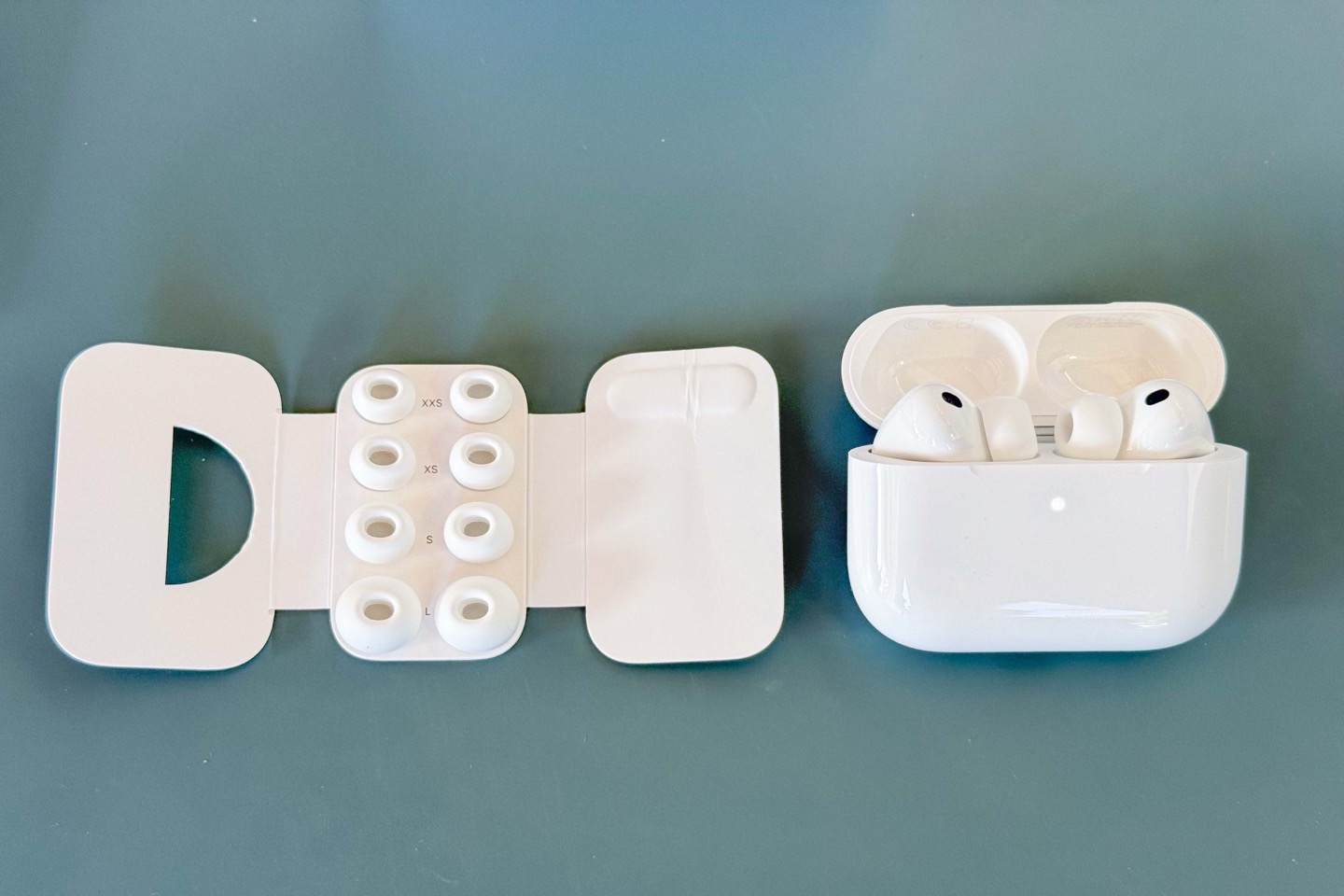
I’m an Android aficionado and have been ever since the mobile OS was unveiled. Nevertheless, I’m not wholly committed to Google’s ecosystem. Like many consumers, I appreciate quality technology products, no matter the maker or platform. Enter Apple.
The MacBook Pro serves as my work device. An Apple TV media player occupies my living room. I’m also a proud owner of AirPods Pro. However, connecting the AirPods Pro to my Android phone has consistently been a hassle. They function well for music playback and noise cancellation, but that’s about all.
When the AirPods Pro 3 were unveiled, I anticipated that Apple might at last produce flagship earbuds that work with Google devices. The company has Beats’ platform-agnostic technology in its arsenal. Furthermore, the AirPods Pro 3 are crafted to share biometric data with third-party fitness applications.
So, do these earbuds suit Android users?
Let’s just say that while a few aspects have evolved, others certainly remain unchanged. Here are my reflections on the AirPods Pro 3 after using them for three weeks with an Android device.
I can’t overlook their audio excellence
These are undoubtedly the finest-sounding AirPods to date. They showcase a more polished soundstage with a deeper bass response.
The drums and synthesizers of contemporary songs like Kaytranada’s “Drip Sweat” stand out. I always felt these components were muted on the AirPods Pro 2. The balance of the low end becomes apparent as the energetic bass line and robust drums come into play. R&B classics like Shalamar’s “A Night to Remember” demonstrate the AirPods Pro 3’s frequency range well. The track’s clear mids and crisp highs harmonize perfectly with the punchy bass.
Even though the AirPods Pro 3 lack hi-res audio codecs, they provide satisfying sound quality when streaming music over Bluetooth from an Android device. Most recordings reveal intricate details and subtle nuances.
Personalized Spatial Audio hasn’t shifted significantly. It remains an exceptional feature for vibrant listening experiences. The benefits are clear when viewing live-action films and performances. Sound effects become more immersive and accurately placed in the audio landscape when you turn your head.
Apple’s active noise cancellation has advanced. It’s claimed to be twice as powerful as the previous version in the AirPods Pro 2. I find that hard to believe. Nonetheless, these earbuds effectively diminish surrounding noise at an impressively high level. Nearly all low- and mid-range sounds are muffled. Many high-frequency noises are either muted or significantly reduced. Occasional disturbances like crying infants and sirens may be heard, but they won’t disrupt your focus. The revamped Transparency mode remains just as effective at enhancing environmental awareness without sacrificing sound quality.
Why can’t Apple just fully embrace Android optimization?
Every new iteration of AirPods increasingly frustrates me. How is it that Apple is seven models in and still hasn’t made its wireless earbuds effortlessly pairable with Android devices? Seriously. The company has Beats’ proprietary chipset, which incorporates native Android features like Google Fast Pair and Find My Device, while also granting access to 80 percent of the features associated with Apple’s H2 processor. The Powerbeats Pro 2, Fit Pro, and all other recent Beats models utilize this technology. It’s the easiest solution for what has felt like an endless inconvenience.
Some Apple supporters might argue that the company has made efforts to simplify Android pairing, such as substituting the setup button from the charging case with a touch pad on the front that activates pairing mode when tapped twice. Here’s the catch: the touch pad is temperamental. It often requires several attempts to trigger the feature. Once you finally get it to work, you still need to dive into the Bluetooth settings to manually connect the earbuds.
Fast Pair would enable the AirPods Pro 3 to work with an Android phone in under 3 seconds.
Are Android users truly missing out on Apple’s genuine wireless audio experience?
In short, yes. Many of the AirPods Pro 3’s standout features are kept exclusive to iOS. These encompass all-new features like heart rate monitoring and real-time Live Translation, in addition to standard H2 benefits (such as auto-switching, Conversation Boost, and “Hey Siri” voice activation). Some of these may not appear to be deal-breakers. Still, you aren’t paying a premium just to settle for characteristics like adaptive noise cancellation and high-quality sound, which are available from other similarly priced competitors, even the more affordable AirPods Pro 2.
Are the AirPods Pro 3 worth the investment?
For Apple users — whether it’s an iPhone, iPad, Apple TV, MacBook, iMac, or otherwise — the AirPods Pro 3 are undeniably worth the cost. Android users, however, will need to seek alternatives for a top-notch true wireless experience.
Apple’s limited feature set makes these earbuds less attractive to Android device owners. It’s unfortunate, too, given how exceptional they sound from both an audio and noise-canceling perspective.
Better value can be found in Beats wireless earbuds, which are excellent choices for those who frequently switch between iOS/macOS and Android devices.